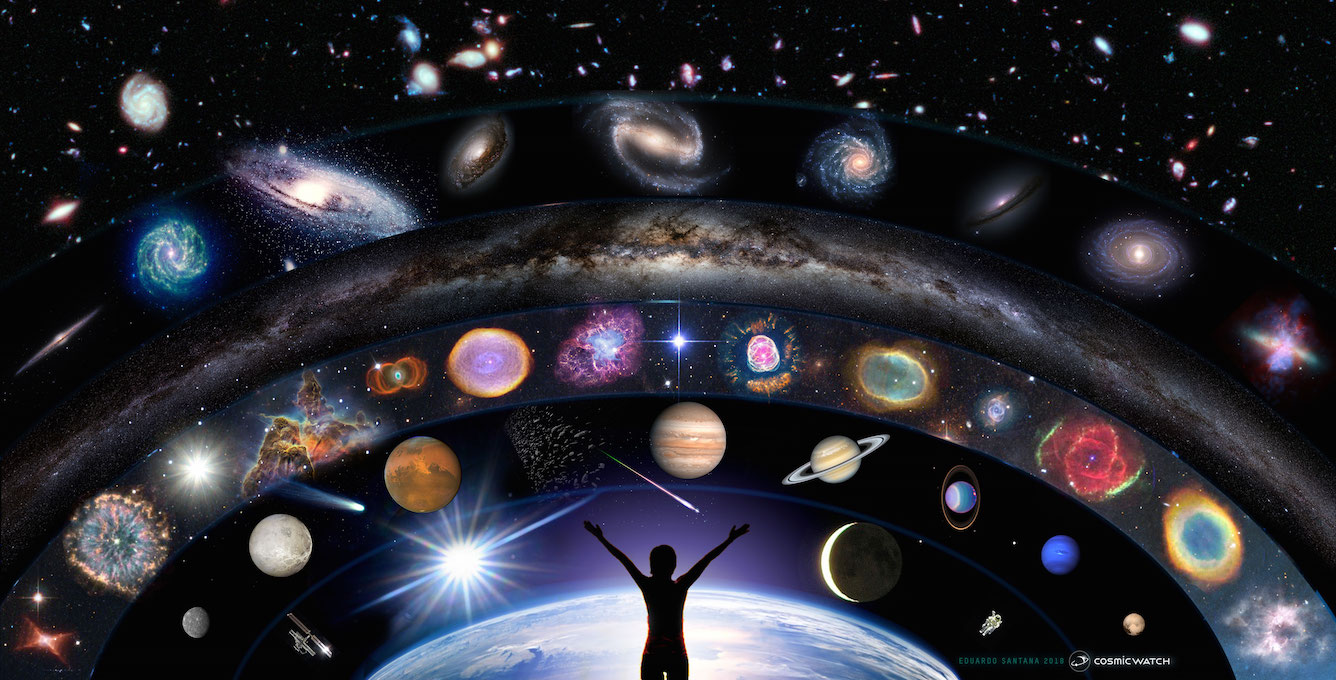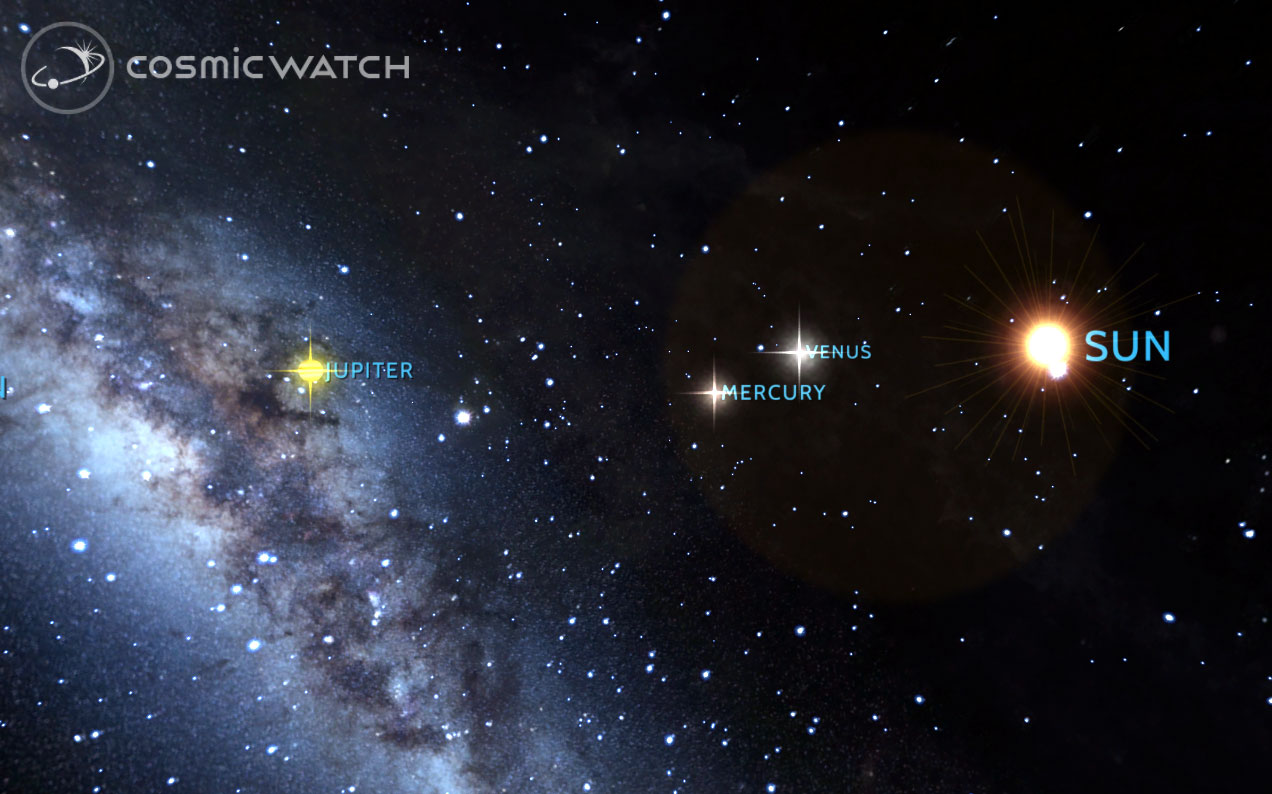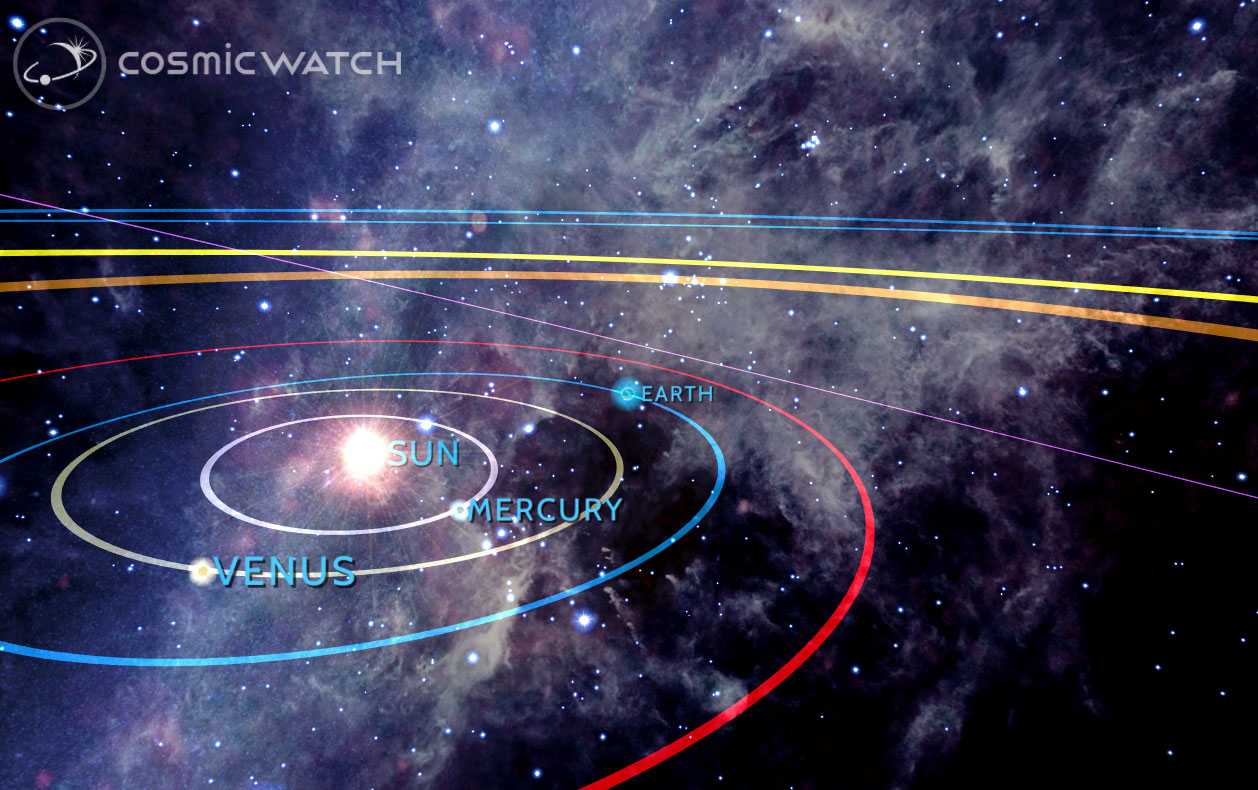Looking at the sky on a starry night is truly a sight to see. But there’s more than just beauty in it. Astronomy has many practical implications and technology can help us understand them better.
“We are not just mere spectators in this magnificent cosmic play – we are participants in the universe”
Stephen Hawking had great reasons to believe that confining our attention to terrestrial matters would mean to limit the human spirit. Just imagine gazing at the starry sky and try not to feel humbled or inspired. This sensation has been with humankind since ancient times.
Now we know that we live in a galaxy, surrounded by trillions of galaxies, that many of our neighbour stars have planets, some of them habitable, that our sun is just one of a million stars in the Milky Way – and that we are made of stardust ourselves.
Whether it is the thrill of using a telescope, watching the incredible images taken by Hubble, or looking at the iconic Earthrise photo taken by William Anders in 1968, the unimaginable vastness and mystery of the universe doesn’t cease to attract us.
But we are not just mere spectators in this magnificent cosmic play – we are participants in the universe. Our everyday lives are affected by this reality more than we often realize.
Luckily, we have the potential to understand what’s going on around us. Unlike our ancestors, we have the technology to guide us and help us uncover the biggest questions of the universe and our existence alike.
Us and the Pale Blue Dot
Astronomy – the scientific study of celestial objects, space, and the physical universe – is not just beautiful; it’s also extremely useful. Humans have been wondering about stars and planets for thousands of years and used the knowledge to make sense of the world around them. For example, understanding the way sun travels across the sky was the foundation for timekeeping.
“Time is not an artificial human invention – in fact, it’s the cosmic rhythm”
More than 30 thousand years ago there were no clocks, but people knew how to measure time. They were using sundials and noticed that in different times of the year, the length of day is different. Progressively, observing patterns inspired the creation of calendars.
Understanding seasons and natural cycles was a matter of survival. By observing the Sirius stars, Egyptians were effectively able to know when exactly to plant their crops or when to retreat because the flooding of the Nile would take place. Similarly, the Maya observed the equinox and solstices to develop an advanced and detailed calendar.
Every human being is connected to the cosmic space. This manifests through our biorhythms, the ways we function during different times of the day. The Moon has an important role in this: its stages affect us more than we think. Moon phases are important when cutting trees for wood and for fishers to know the tides.
Just think about… all of us are intrinsically connected to the rhythm of the earth, the moon, the sun, and the entire universe. Time is not an artificial human invention – in fact, it’s the cosmic rhythm.
Therefore, astronomy has a strong connection to the world around us. It serves as a lens for us to understand our own existence and helps detangle some of life’s toughest questions.
Due to its inherent interdisciplinarity, it also spans across various fields, such as biology, chemistry, geology, physics, as well as data analysis and computer science. It helped develop advanced technology, including our whole global communications system. Whether it is the GPS, the Internet, weather reports or the TV, none of this could function without astronomical knowledge.
So in practice, without astronomy, FedEx wouldn’t be able to track their packages, your Uber driver couldn’t locate you, and Apple wouldn’t have developed a camera for your iPhone.
Reaching for the Stars
Have you ever heard about the Overview Effect? It relates to the experience of seeing the Earth from space. Many of the astronauts, who have been lucky enough to witness it, say that it’s a deeply humbling, surreal sensation.
“The consciousness aspect of this is inspiring: There is beauty in understanding”
Suddenly, national boundaries become irrelevant and the conflicts that divide us seem insignificant. From this perspective, we are all united. We only have one planet – our only home – that we need to learn about and protect.
The consciousness aspect of this is inspiring: There is beauty in understanding. We should constantly be curious about the world around us – and about astronomy. Our connection to space has sparked interest that has led to countless fascinating findings and discoveries. With so many things to ponder, many proving the vastness of the universe and our insignificance in it, one has to wonder. Can we perhaps simulate the overview effect by feeding on this curiosity?
The scientific community is working tirelessly to carry out new missions and expand our knowledge about the great unknown. Who knows, maybe in a few decades, we’ll know whether there is extra-terrestrial life or perhaps we’ll be able to venture to the Moon or other planets ourselves. In the meantime, there are interesting developments to follow.
You could have hardly missed the picture of the first black hole ever captured by humanity. Thanks to intensive research, we now know that water ice was discovered on the Moon. If it could be filtered or split into hydrogen and oxygen to provide air or be used as rocket fuel, the moon could potentially turn into our refuelling stop before continuing our space travels further, perhaps to one of the potentially habitable exoplanets.
Following the weather forecast in your hometown may seem dull, but thanks to NASA Insight Mission, you can now see the one at Mars. These are exciting findings but there are even more to come: For example, by 2024, the US plans to repeat the Moon landing.
To Infinity and Beyond
We are lucky to live in a modern world, where different technologies enable us to follow these developments. This era of science, technology, and information allows us to get information about anything we want.
While our ancestors didn’t have the same possibilities, now there is a plethora of resources that can connect us to astronomy.
“The cosmos is all that is or ever was or ever will be”
And yet still, many suggest that the general astronomical literacy is declining. After all, apparently 26% of Americans believe that the sun revolves around the Earth.
But astronomical knowledge is way less than a light-year away. Scientific or science-fiction literature, documentaries, videos, and podcasts are by far not the only choice. Many communities all around the world form astronomical societies or clubs. They organize events, including workshops, talks, discussions, or even space-theme movie nights.
However, there’s no easier way then incorporating astronomy learning into your daily social media routine. NASA Instagram is an incredible source of information, while its Astronomy Picture of the Day site lets you visualize some of the most beautiful sights in the universe.
In fact, technology lets us interact with astronomy in new ways and is further revolutionizing astronomy teaching. It can even inspire us to look for more.
The fourth wave of the industrial revolution is bringing innovations such as artificial intelligence, augmented reality, and the Internet of Things, to advance interactive and entertaining learning.
There are elaborate games or even beautiful apps that are powerful enough to create a planetarium inside your phone. They can teach you what to observe in the sky, making it easy to learn the constellations, discover the cardinal points, and understand your position on the Earth.
Many planetariums, museums or observatories are also transforming themselves to implement new magnificent projections and simulation to provide a new cosmic experience.
All these tools can help you see yourself in relation to the Earth and realize your position in the cosmic rhythm and reconnect with a universe full of wonders…
In the words of Carl Sagan, a famous astronomer, “The cosmos is all that is or ever was or ever will be.” So why not get to know it better?



